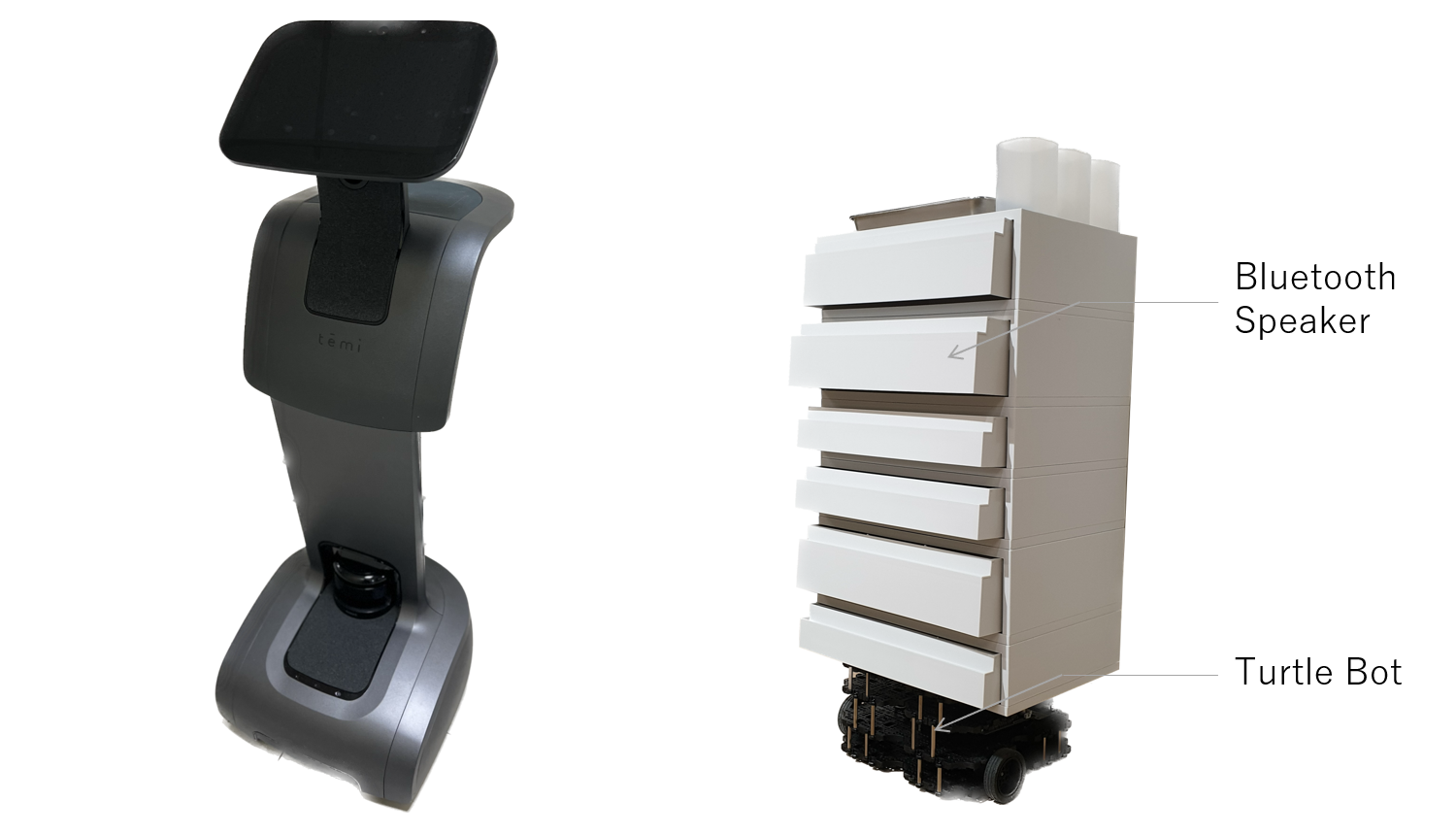This study explored how verbal dynamics between robots impact human perceptions of teamwork, social intelligence, and service quality in multi-robot teams. The experiment was set in a hospital-like environment using two robots: a ward monitoring robot and a delivery robot.
Inspired by human workplace hierarchies and social norms, we investigated whether humans apply similar expectations to robot teams. We used the Korean honorific language system to manipulate perceptions of hierarchy and intimacy. Four conditions were tested: flat hierarchies (both casual or both honorific speech) and tall hierarchies (mismatched levels of formality).
Participants rated the robot teams on familiarity, dominance, social intelligence, and service satisfaction. Results showed a strong preference for flat hierarchies, particularly when both robots used honorific speech. Teams that mirrored respectful human interaction were seen as more socially intelligent and professional.

Interestingly, the team with the delivery robot speaking casually to a monitoring robot using honorifics (a reversed hierarchy) was rated least intelligent and most uncomfortable. This reflects how humans unconsciously project social expectations even onto machines.
The study highlights that robot team dynamics matter — users evaluate not only individual robots, but also how they interact with each other. Designing robot speech and behavior should take into account cultural cues and expectations, especially in collaborative environments.